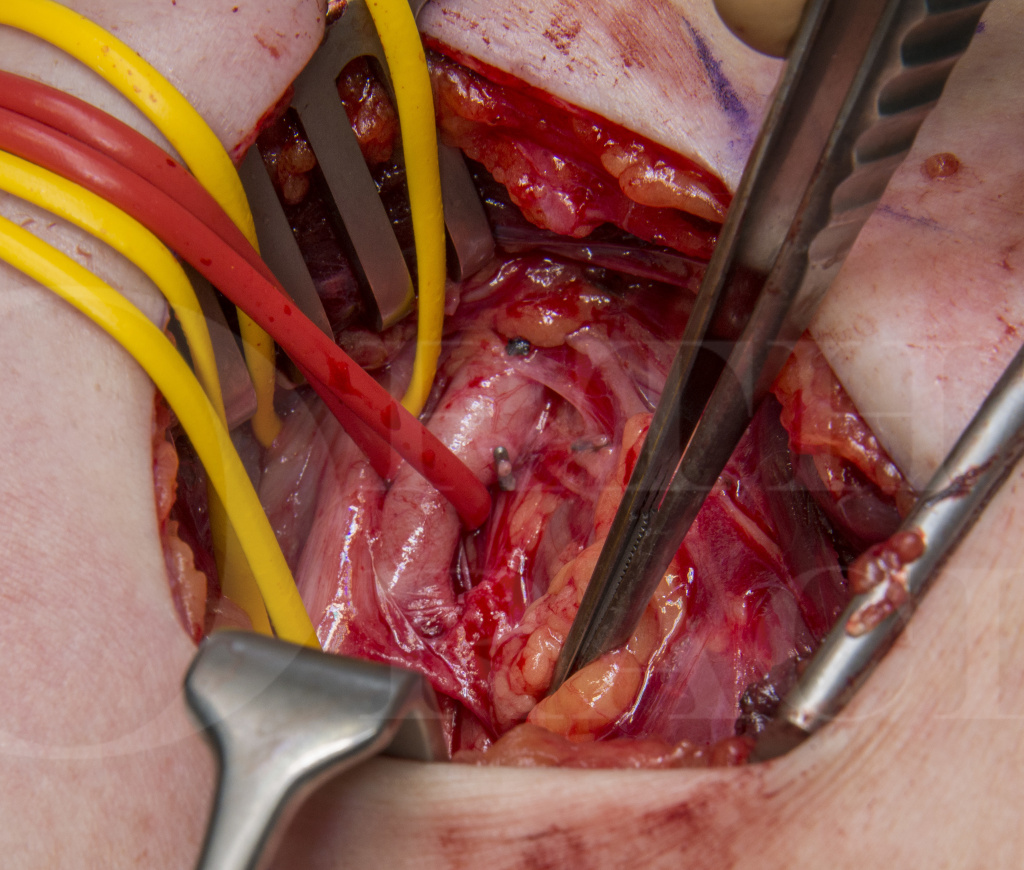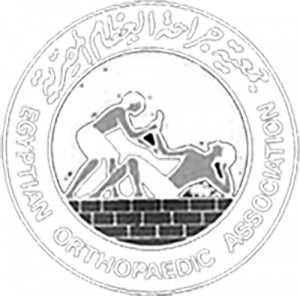Revision Thoracic Outlet Decompression for Pectoralis Minor Syndrome
Overview

Subscribe to get full access to this operation and the extensive Upper Limb & Hand Surgery Atlas.
Learn the Revision Thoracic Outlet Decompression for Pectoralis Minor Syndrome surgical technique with step by step instructions on OrthOracle. Our e-learning platform contains high resolution images and a certified CME of the Revision Thoracic Outlet Decompression for Pectoralis Minor Syndrome surgical procedure.
Neurogenic thoracic outlet syndrome is characterised by a disparate collection of symptoms that may include pain, parasthaesia, or weakness in the upper limb.
Diagnosis is notoriously difficult and patients often present late after extensive investigation and sometimes after failed therapy.
Neurogenic thoracic outlet syndrome results from compromise of components of the brachial plexus as they pass through the thoracic outlet to enter the upper limb. A careful history, clinical examination, neurophysiology and imaging may help to establish the diagnosis.
Decompression of the thoracic outlet via a supraclavicular approach is effective for cases where compromise is thought to originate in the scalene triangle or the costoclavicular space.
A number of these patients however will have compression in the subpectoral space. This may exist in combination with compression more proximally or as an isolated phenomenon.
The patient in this case presented with classic symptoms of neurogenic thoracic outlet syndrome that were refractory to extensive phyiotherapy and two previous surgical procedures; a supraclavicular decompression with scalenotomy, followed by a trans-axillary first rib excision a few years later.
The following case details how one may diagnose sub-pectoral thoracic outlet syndrome (or pectoralis minor syndrome) and the surgical technique for decompressing this space.
Readers will also find useful additional information at:
Thoracic Outlet decompression/ supraclavicular first rib resection
Author: Mr Tahseen Chaudhry FRCS Tr & Orth Consultant Hand and Peripheral Nerve Surgeon
Institution: University Hospital, Birmingham, UK
Clinicians should seek clarification on whether any implant demonstrated is licensed for use in their own country.
In the USA contact: fda.gov
In the UK contact: gov.uk
In the EU contact: ema.europa.eu
Online learning is only available to subscribers.



















